�
Wireless Communications
Over Rapidly Time-Varying
Channels
Wireless Communications
Over Rapidly Time-Varying
Channels
Edited by
Franz Hlawatsch
Gerald Matz
AMSTERDAM • BOSTON • HEIDELBERG • LONDON
SAN FRANCISCO • SINGAPORE • SYDNEY • TOKYO
NEW YORK • OXFORD • PARIS • SAN DIEGO
Academic Press is an imprint of Elsevier
�
�
Academic Press is an imprint of Elsevier
The Boulevard, Langford Lane, Kidlington, Oxford OX5 1GB, UK
30 Corporate Drive, Suite 400, Burlington, MA 01803, USA
First edition 2011
Copyright c 2011 Elsevier Ltd. All rights reserved.
No part of this publication may be reproduced, stored in a retrieval system or transmitted in any form or by any
means electronic, mechanical, photocopying, recording or otherwise without the prior written permission of the
publisher.
Permissions may be sought directly from Elsevier’s Science & Technology Rights Department in Oxford,
UK: phone (+44) (0) 1865 843830; fax (+44) (0) 1865 853333; email: permissions@elsevier.com. Alternatively
you can submit your request online by visiting the Elsevier web site at http://elsevier.com/locate/permissions,
and selecting Obtaining permission to use Elsevier material.
Notices
No responsibility is assumed by the publisher for any injury and/or damage to persons or property as a matter of
products liability, negligence or otherwise, or from any use or operation of any methods, products, instructions or
ideas contained in the material herein. Because of rapid advances in the medical sciences, in particular, independent
verification of diagnoses and drug dosages should be made.
British Library Cataloguing in Publication Data
A catalogue record for this book is available from the British Library.
Library of Congress Cataloging-in-Publication Data
A catalog record for this book is available from the Library of Congress.
ISBN: 978-0-12-374483-8
For information on all Academic Press publications
visit our web site at www.books.elsevier.com
Printed and bound in USA
11 12 13 14 15
10 9 8 7 6 5 4 3 2 1
�
Preface
Wireless communications has become a field of enormous scientific and economic interest. Recent
success stories include 2G and 3G cellular voice and data services (e.g., GSM and UMTS), wireless
local area networks (WiFi/IEEE 802.11x), wireless broadband access (WiMAX/IEEE 802.16x), and
digital broadcast systems (DVB, DAB, DRM). On the physical layer side, traditional designs typically
assume that the radio channel remains constant for the duration of a data block. However, researchers
and system designers are increasingly shifting their attention to channels that may vary within a block.
In addition to time dispersion caused by multipath propagation, these rapidly time-varying channels
feature frequency dispersion resulting from the Doppler effect. They are, thus, often referred to as
being “doubly dispersive.”
Historically, channels with time variation and frequency dispersion were first considered mostly in
the context of ionospheric and tropospheric communications and in radio astronomy. The theoretical
foundations of rapidly time-varying channels were established by Bello, Gallager, Kailath, Kennedy,
and others in the sixties of the twentieth century. More recently, rapidly time-varying channels have
become important in novel application scenarios with potentially high economic relevance and societal
impact.
. User mobility, a source of significant Doppler frequency shifts, is an essential factor in today’s
. In advanced wireless networks, nodes may cooperate to achieve spatial diversity gains in a dis-
cellular and broadband access systems. An extreme example is given by radio access links for
high-speed trains. Channels with rapid time variation are also encountered in car-to-car and car-to-
infrastructure communications, which are becoming increasingly important.
tributed manner. An example is the base station cooperation option (also known as network MIMO
or cooperative multipoint transmission) in 3GPP Long Term Evolution. In such systems, the car-
rier frequency offsets of different nodes accumulate and, together with mobility-induced Doppler
frequency shifts, result in channels with rapid time variation.
. In underwater acoustic communications, the relative Doppler shifts are potentially much larger
than in terrestrial radio systems because the speed of sound is much smaller than the speed of light.
Furthermore, the smaller propagation speed of acoustic waves results in larger propagation delays.
Underwater channels are, therefore, instances of particularly harsh doubly dispersive channels.
Rapid channel variations induced by Doppler shifts provide an extra dimension that offers addi-
tional gains. At the same time, doubly dispersive channels pose tough design challenges and necessitate
the use of sophisticated methods to combat the detrimental effects of the channel and to realize the
additional gains. Thus, understanding the fundamental properties of doubly dispersive channels and
the resulting design paradigms will become essential know-how in the future wireless arena.
This book explains the system-theoretic and information-theoretic foundations of doubly disper-
sive channels and describes the current state of the art in algorithm and system design. It is intended to
present a comprehensive and coherent discussion of the challenges and developments in the field,
which will help researchers and engineers understand and develop future wireless communication
technologies. Contributed by leading experts, the individual chapters of this book address the most
important aspects of the theory and methodology of wireless communications over rapidly time-
varying channels. Wireless transceiver design and modern techniques such as iterative turbo-style
xiii
�
xiv
Preface
detection, multicarrier (OFDM) modulation, and multiantenna (MIMO) processing are given special
attention.
In the introductory chapter, Chapter 1, we discuss the properties and mathematical charac-
terization of doubly dispersive channels. Further topics addressed include propagation effects,
system-theoretic aspects, stochastic channel characterizations, parsimonious channel models, and
measurement principles.
Chapter 2, by G. Durisi, V. Morgenshtern, H. B¨olcskei, U. Schuster, and S. Shamai, discusses
information-theoretic aspects of random time-varying channels, including MIMO channels. This chap-
ter focuses on noncoherent channel capacity (i.e., channel capacity in the absence of channel state
information) in the large-bandwidth and high-SNR regimes.
Chapter 3, by E. Viterbo and Y. Hong, addresses the design of channel codes for fast-fading chan-
nels, using methods from algebraic number theory and lattice theory. The sphere decoder is discussed
as an efficient means to recover the transmitted code words.
Chapter 4, by G. Leus, Z. Tang, and P. Banelli, considers the estimation of rapidly time-varying
channels in single-carrier and multicarrier communication systems. A block-based approach is
adopted that builds on a basis expansion model for the channel and the transmission of dedicated pilot
(training) symbols.
Chapter 5, by M. Dong, B. M. Sadler, and L. Tong, complements Chapter 4 by discussing train-
ing designs for the estimation of time-varying channels. The optimization of the number, placement,
and power of pilot symbols is studied for various system configurations (single carrier, multicarrier,
multiantenna) and performance criteria.
Chapter 6, by P. Schniter, S.-J. Hwang, S. Das, and A. P. Kannu, presents equalization techniques
for doubly dispersive channels. Both coherent and noncoherent detection are addressed, using linear
and tree-search methods, iterative approaches, and joint detection-estimation schemes.
Chapter 7, by L. Rugini, P. Banelli, and G. Leus, is dedicated to orthogonal frequency division multi-
plex (OFDM) transmissions over time-varying channels. This chapter discusses methods for equalizing
intercarrier interference and for channel estimation and comments on the relevance of these methods
to existing standards.
Chapter 8, by C. Dumard, J. Jald´en, and T. Zemen, considers a multiuser system employing multiple
antennas and a multicarrier CDMA transmission format. An iterative (turbo) receiver is developed,
which performs estimation of the time-varying channels, multiuser separation, and channel decoding,
with complexity reductions due to Krylov subspace and sphere decoding techniques.
The final chapter, Chapter 9, by A. Papandreou-Suppappola, C. Ioana, and J. J. Zhang, discusses
wideband channels that are more suitably characterized in terms of Doppler scaling than in terms
of Doppler shifts. Theoretical considerations and advanced receiver designs are exemplified by an
underwater acoustic communication system.
We would like to thank all people who contributed to this book in one way or another. We are espe-
cially grateful to the chapter authors for their expertise and hard work, and for accepting the constraints
of a predefined, common notation. We thank Tim Pitts of Elsevier for inviting us to edit this book. Tim
and his colleagues—Melanie Benson, Susan Li, Melissa Read, and Naomi Robertson—provided much
appreciated assistance during the various stages of this project. Finally, we acknowledge support by the
Austrian Science Fund (FWF) under Grants S10603 (Statistical Inference) and S10606 (Information
Networks) within the National Research Network SISE.
Franz Hlawatsch
Gerald Matz
�
About the Editors
Franz Hlawatsch received the Dipl.-Ing., Dr. techn., and Univ.-Dozent (habilitation) degrees in elec-
trical engineering/signal processing from Vienna University of Technology, Vienna, Austria, in 1983,
1988, and 1996, respectively. Since 1983, he has been with the Institute of Telecommunications, Vienna
University of Technology, as an associate professor. During 1991–1992, as a recipient of an Erwin
Schr¨odinger Fellowship, he spent a sabbatical year with the Department of Electrical Engineering,
University of Rhode Island, Kingston, RI, USA. In 1999, 2000, and 2001, he held one-month visiting
professor positions with INP–ENSEEIHT/T´eSA (Toulouse, France) and IRCCyN (Nantes, France). He
(co)authored a book, a review paper that appeared in the IEEE Signal Processing Magazine, about 180
refereed or invited scientific papers and book chapters, and three patents. He coedited three books. His
research interests include signal processing for wireless communications, statistical signal processing,
and compressive signal processing. Prof. Hlawatsch was a Technical Program Co-Chair of EUSIPCO
2004 and has served on the technical committees of numerous international conferences. From 2003 to
2007, he served as an associate editor for the IEEE Transactions on Signal Processing. He is currently
serving as an associate editor for the IEEE Transactions on Information Theory. From 2004 to 2009,
he was a member of the IEEE Signal Processing for Communications Technical Committee. He is
coauthor of a paper that won an IEEE Signal Processing Society Young Author Best Paper Award.
Gerald Matz received the Dipl.-Ing. and Dr. techn. degrees in electrical engineering in 1994 and
2000, respectively, and the Habilitation degree for communication systems in 2004, all from Vienna
University of Technology,Vienna, Austria. Since 1995, he has been with the Institute of Telecommu-
nications, Vienna University of Technology, where he currently holds a tenured position as associate
professor. From March 2004 to February 2005, he was on leave as an Erwin Schr¨odinger Fellow
with the Laboratoire des Signaux et Syst`emes, Ecole Sup´erieure d’Electricit´e, France. During summer
2007, he was a guest researcher with the Communication Theory Lab at ETH Zurich, Switzerland. He
has directed or actively participated in several research projects funded by the Austrian Science Fund
(FWF), the Vienna Science and Technology Fund (WWTF), and the European Union. He has published
more than 140 papers in international journals, conference proceedings, and edited books. His research
interests include wireless communications, statistical signal processing, and information theory. Prof.
Matz serves as a member of the IEEE Signal Processing Society (SPS) Technical Committee on Signal
Processing for Communications and Networking and of the IEEE SPS Technical Committee on Sig-
nal Processing Theory and Methods. He was an associate editor for the IEEE Transactions of Signal
Processing (2006–2010), for the IEEE Signal Processing Letters (2004–2008), and for the EURASIP
journal Signal Processing (2007–2010). He was a Technical Program Co-Chair of EUSIPCO 2004 and
has been on the Technical Program Committee of numerous international conferences. In 2006, he
received the Kardinal Innitzer Most Promising Young Investigator Award.
xv
�

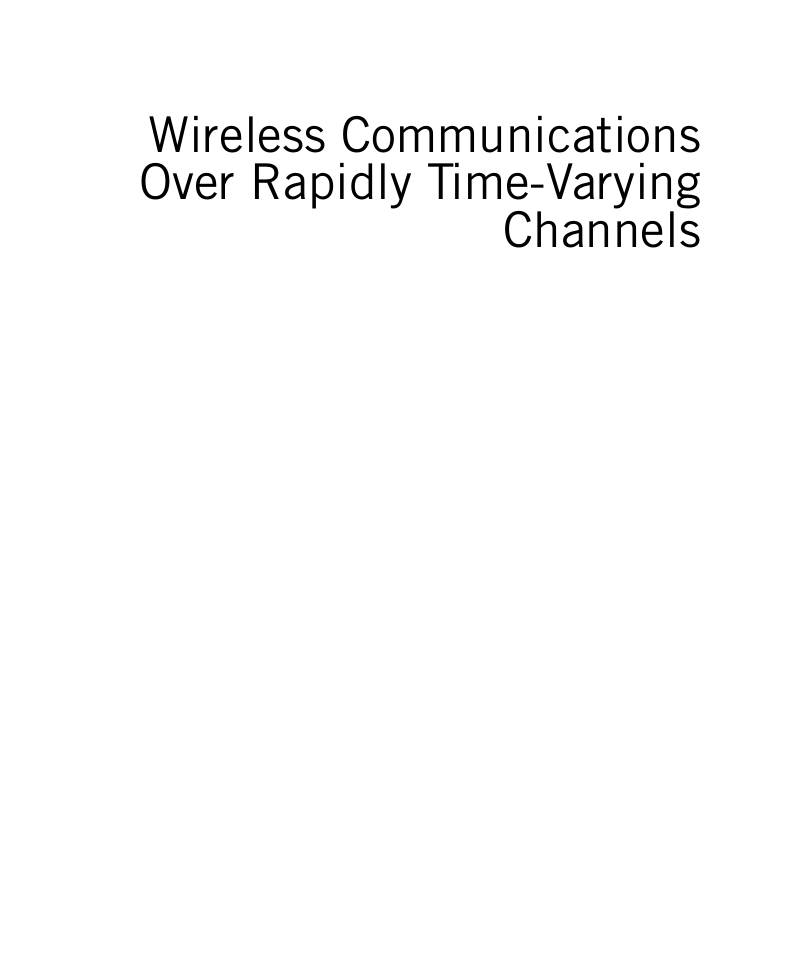


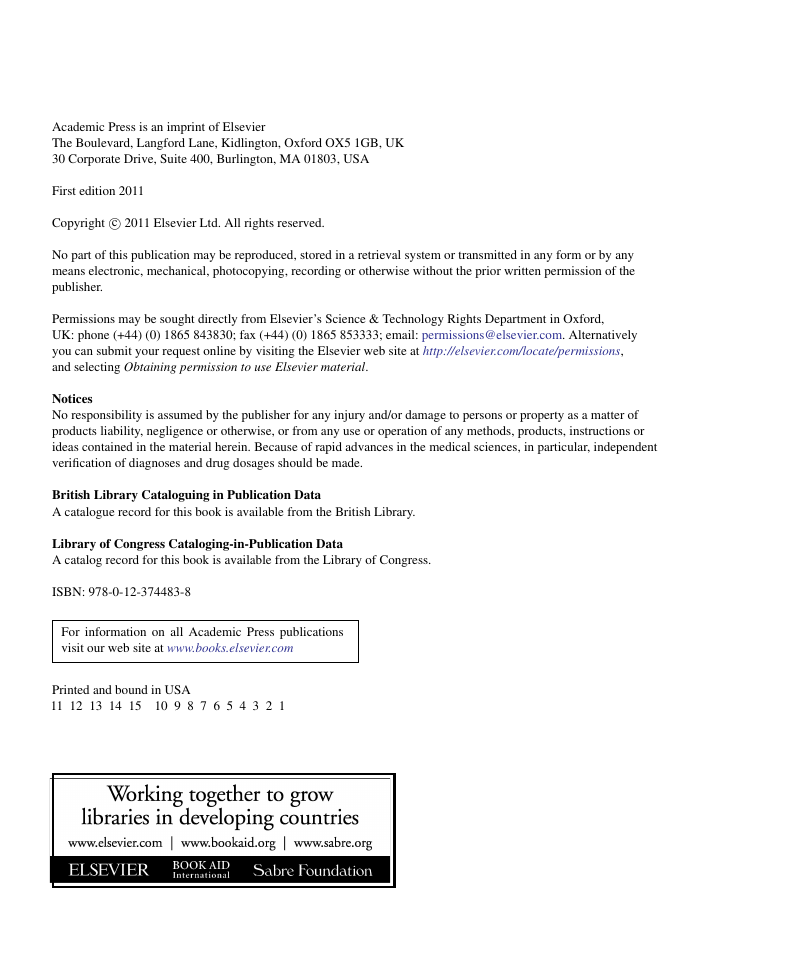
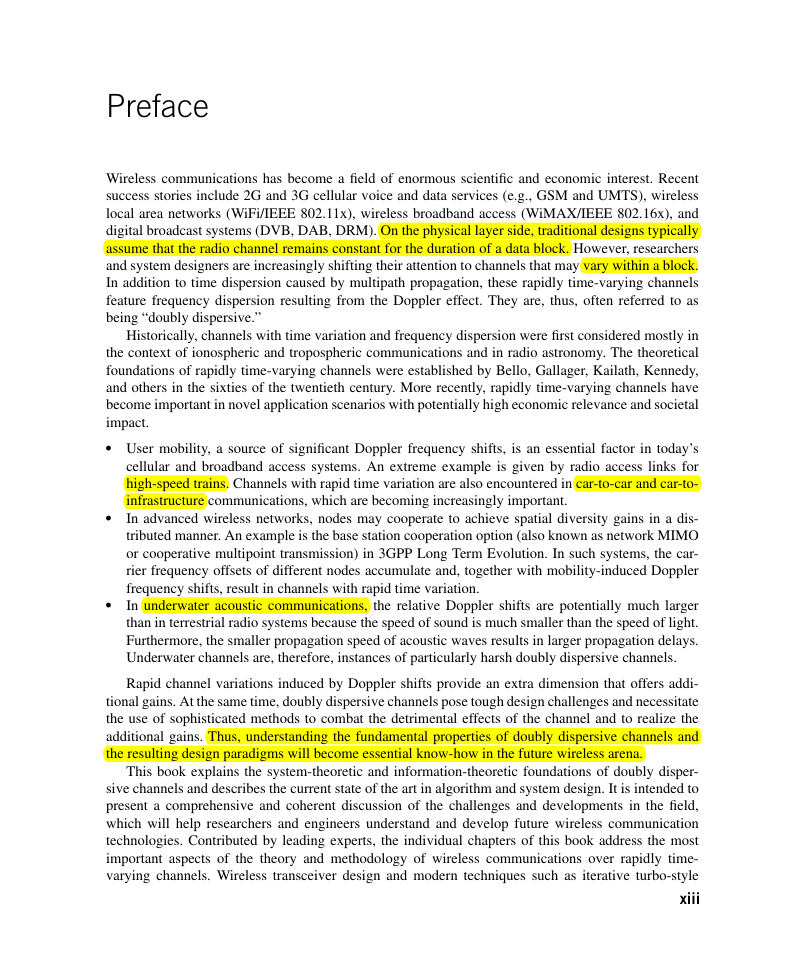
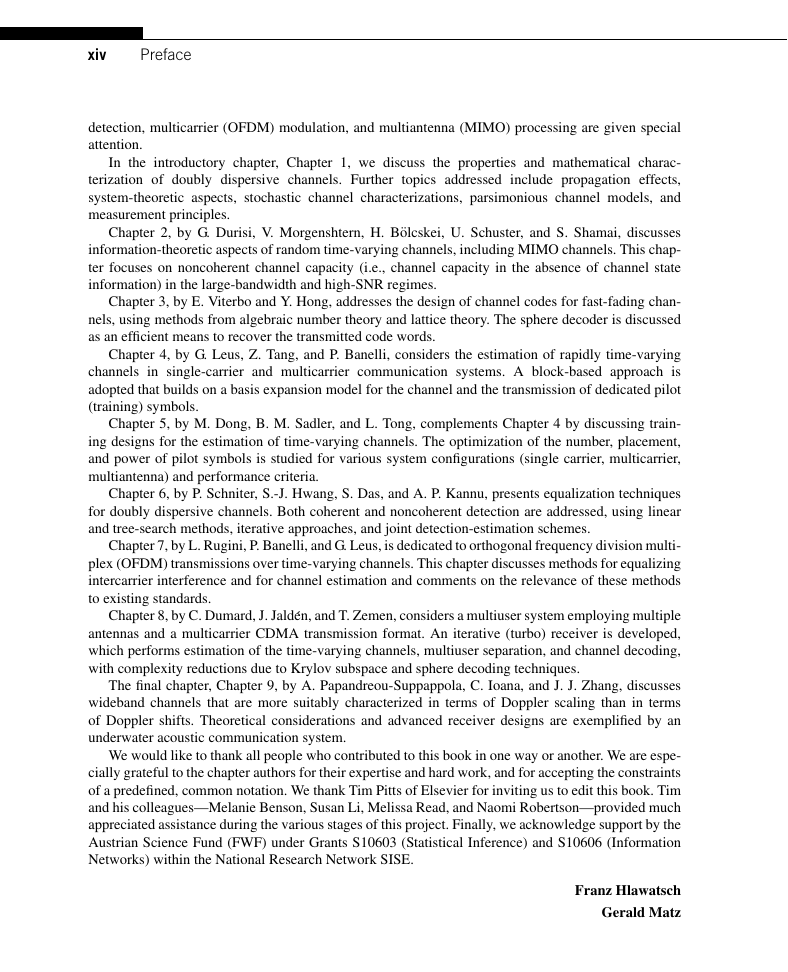
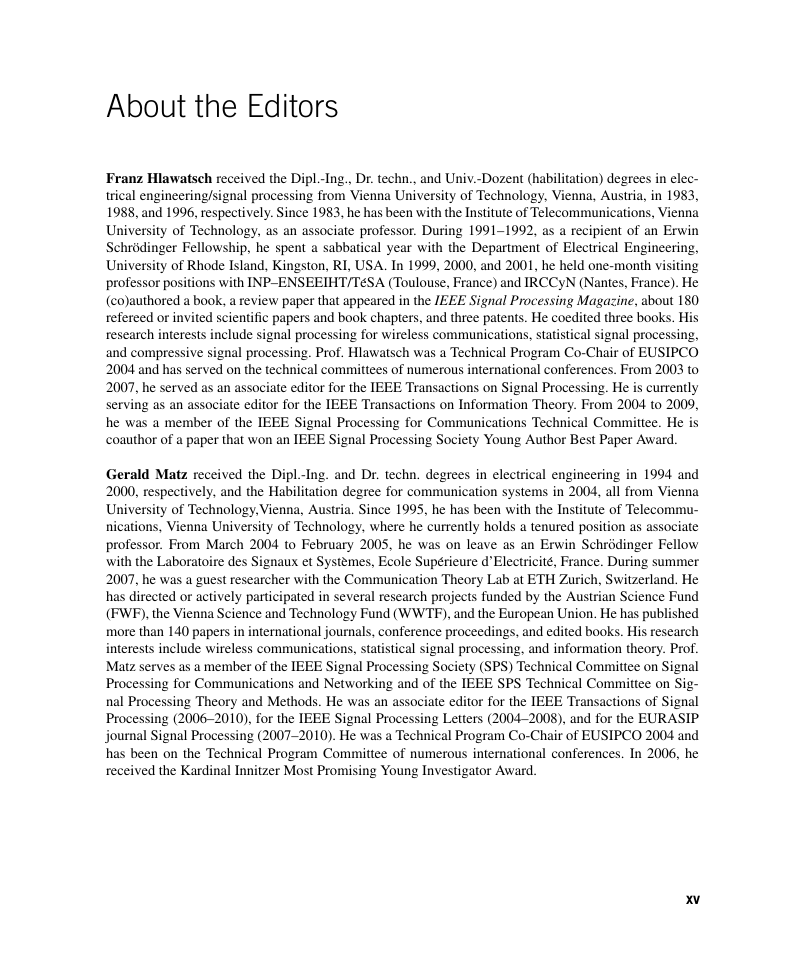








 2023年江西萍乡中考道德与法治真题及答案.doc
2023年江西萍乡中考道德与法治真题及答案.doc 2012年重庆南川中考生物真题及答案.doc
2012年重庆南川中考生物真题及答案.doc 2013年江西师范大学地理学综合及文艺理论基础考研真题.doc
2013年江西师范大学地理学综合及文艺理论基础考研真题.doc 2020年四川甘孜小升初语文真题及答案I卷.doc
2020年四川甘孜小升初语文真题及答案I卷.doc 2020年注册岩土工程师专业基础考试真题及答案.doc
2020年注册岩土工程师专业基础考试真题及答案.doc 2023-2024学年福建省厦门市九年级上学期数学月考试题及答案.doc
2023-2024学年福建省厦门市九年级上学期数学月考试题及答案.doc 2021-2022学年辽宁省沈阳市大东区九年级上学期语文期末试题及答案.doc
2021-2022学年辽宁省沈阳市大东区九年级上学期语文期末试题及答案.doc 2022-2023学年北京东城区初三第一学期物理期末试卷及答案.doc
2022-2023学年北京东城区初三第一学期物理期末试卷及答案.doc 2018上半年江西教师资格初中地理学科知识与教学能力真题及答案.doc
2018上半年江西教师资格初中地理学科知识与教学能力真题及答案.doc 2012年河北国家公务员申论考试真题及答案-省级.doc
2012年河北国家公务员申论考试真题及答案-省级.doc 2020-2021学年江苏省扬州市江都区邵樊片九年级上学期数学第一次质量检测试题及答案.doc
2020-2021学年江苏省扬州市江都区邵樊片九年级上学期数学第一次质量检测试题及答案.doc 2022下半年黑龙江教师资格证中学综合素质真题及答案.doc
2022下半年黑龙江教师资格证中学综合素质真题及答案.doc